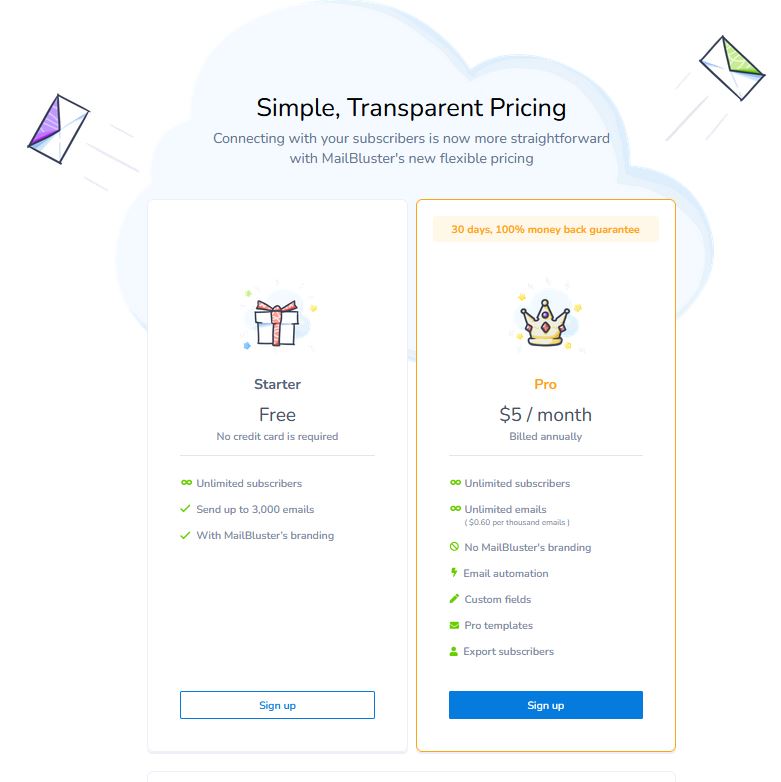Robert Cialdini and his colleagues invented the door in the face technique in 1975. He sent some of his assistants around the campus for surveying, acting as the Juvenile Detention Center staff. The assistants stopped several people walking alone for a favor.
Primarily, they asked for a small favor from random persons walking around, and 83% of them refused to help. Then the research assistants went through another procedure, asking for an enormous favor that is sure to be rejected. They didn’t let them go after dismissing them. Instead, they asked for that little favor they had in their mind, and 50% of them agreed to help.
That is, you can increase almost 37% of compliance rate by providing the customers a chance to compare two dealings so that they can pick one and keep their door open.
What is the Door in the Face Technique?
The door in the face technique is a method where you can implement psychology in sales. This technique allows you to make a big request that your customers will most likely disagree with. You can then make the request you aim for, which is smaller than the first. Your concession might influence your customers to concede on their own and pick the second request. This reciprocal concession is the powerhouse of the door in the face technique.
In other words, the door in the face technique creates a situation to slam the door in the salesman’s face standing outside when they make a request that is impossible to accept. But, the salesman prevents it immediately, making a smaller request that is very much possible to accept. It becomes a courtesy to accept the smaller request when the requester concedes.
This compliance method, also called the rejection-then-moderation procedure, can help you make your customers’ minds purchase your products.
How was the Door in the Face Technique Invented?
Robert Cialdini arranged three experiments to show how effective the door in the face technique is when you need to make someone accept your request.
1First Experiment
In Experiment 1, the requester asked the walkers if they could join the Juvenile Detention Center, which will require two hours per week for at least two years without paying. Undoubtedly, this is a big request, which was to be rejected. The requester then asked if they could escort a group of boys and girls on a trip to the zoo, which would take two hours in one evening or afternoon only. One out of two agreed with the second request because of the reciprocal concessions. This is the rejection-then-moderation procedure.
Requesters also tested the compliance rate by requesting the smaller one, resulting in 16.7% of the compliance rate.
In Experiment 1, they also tried to show what happens when you show them two requests simultaneously without sequencing. The result was that, one out of four-person agreed with the minor request. It proves that the rejection-then-moderation procedure has the maximum compliance rate.
2Second Experiment
In Experiment 2, three requesters played their role in making the compliance. Requesters A & C were male, and B was female. A made the extreme request, same in Experiment 1. After being refused, A asked for a smaller request to chaperone a group of “low-income children” on the trip to the zoo, which might take two hours in one evening. This rejection-then-moderation condition managed 55% of the compliance.
The experimenters tried another way then. A & B stopped walkers and made the extreme request. Experimenter C joined and engaged in talking with experimenter B. After refusal, experimenters A & B left the subject with experimenter C. Experimenter C made the smaller request. They could manage only 10% compliance that way.
There was one more way in Experiment 2. The experimenter A & B stopped a walker and started gossiping. Experimenter C joined the conversation and engaged himself in talking with experimenter C. Experimenter A made the smaller request that time, managing 31.5% compliance.
That is, the rejection-then-moderation procedure worked best in Experiment 2 also.
3Third Experiment
In experiment 3, subjects knew about the bigger request and then the smaller one after rejecting the bigger one, like in Experiment 1. The experimenters made 54% compliance through this rejection-then-moderation procedure.
The experimenter tried two other ways to make them comply. One is to make the smaller request without letting them compare it with the big one that produced 33.3% compliance. The ultimate goal was to make the subjects agree to escort a group of Juvenile Delinquents on a trip to the zoo.
Their other way was to ask for a favor of escorting to the city museum first, then to the zoo. This way made 33.3% of compliance, like the second way.
Deduction
The ultimate request that Robert Cialdini had in mind and aimed was to make the subjects comply with the favor of escorting a group of Juvenile Delinquents on a trip to the zoo, which might take two hours in one evening. The requester team tried various ways to make them agree with it, and we can see that the rejection-then-moderation technique won in each experiment.
Many think that the subject feels guilty after rejecting the bigger request, which makes their mind accept the second one. But, Robert Cialdini showed that the Reciprocal Concession is the significant factor here. As mentioned before, conceding after the requester concedes has become a courtesy. Robert Cialdini mentioned the rejection-then-moderation procedure as the door in the face technique, which can produce maximum compliances.
Implementing The Door in the Face Technique in Marketing
Among all the email marketing tools, MailBluster has a unique pricing policy. This tool allows the user to send up to 3,000 monthly newsletters without cost. The real deal is that MailBluster aims to make the business owner experience low prices. After sending 3,000, it costs only $0.60 per 1000 newsletters.

Notice that the above screenshot enables the business owners to compare two plans from which one of them is Free Starter plan. It is an excellent encouragement to make the visitors sign-up for this tool.
Now let’s compare the pricing of MailBluster and MailChimp. MailBluster costs $118.2 to send 200k emails- while MailChimp costs $1,300.
Suppose you are a marketer of MailBluster and thinking about implementing the door in the face technique to make compliances with your customers. What would you do?
There is a way! You can show your targeted audiences the pricing of MailChimp at first, which is very costly for email marketing, fearing out your audiences, making their mind slam their door in your face. But, you have to stop them from doing it immediately, letting them know about the pricing of MailBluster. Their door might still be opened after learning that they have a chance to save almost 98% money by sending marketing emails and newsletter updates to their customers using MailBluster.
The door in the face technique can produce maximum compliance this way, helping your business to increase rapidly.



 Contents
Contents